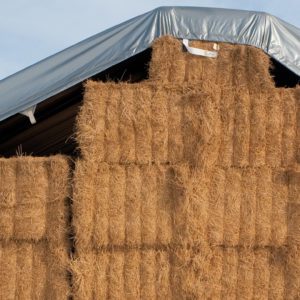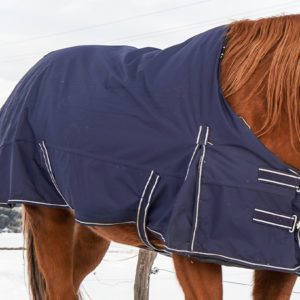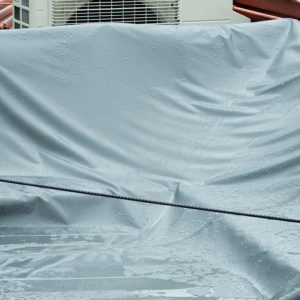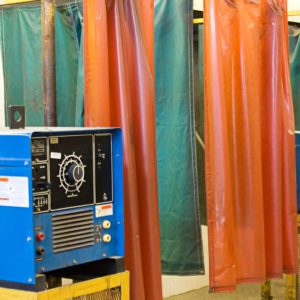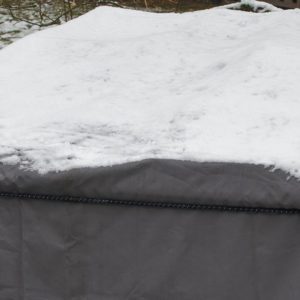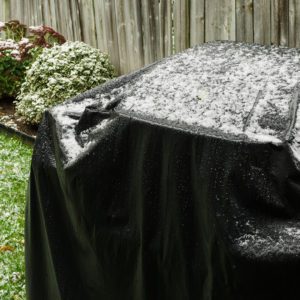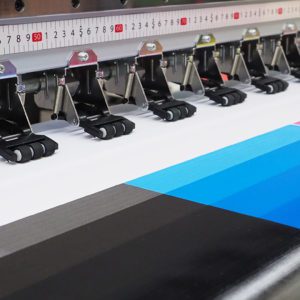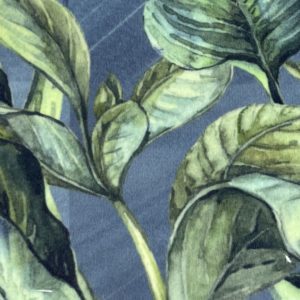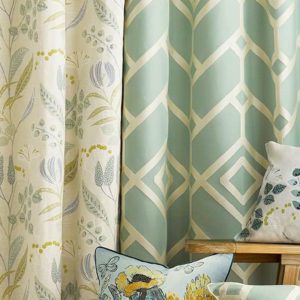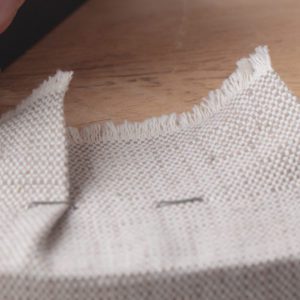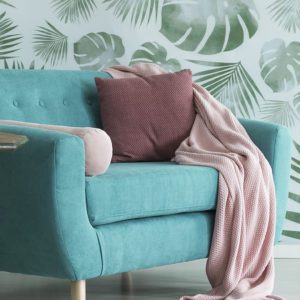Overview
Understanding the wide range of cotton fiber types and traits will help you to determine which fabrics will best serve your manufacturing needs. It’s a common misconception about cotton types that the terms “staple” and “filament” are interchangeable. Well, it’s time to set the record straight. We’ve broken down fiber types to explain how the smallest variables make a hefty impact on the end product.
Fiber Types
At the most basic level, fibers can be broken up into two categories: natural and synthetic.
Cellulosic fibers are plant-based natural fibers.
Examples include cotton, flax, bamboo, hemp, ramie, and jute
Protein fibers are animal-based natural fibers.
Examples include silk
Synthetic or manufactured fibers are producted using various chemical compounds.
Examples include polyester and nylon
This guide will focus on the natural, cellulosic fiber cotton.
Natural Cellulosic Cotton Fiber
Like most natural fibers, cotton is classified as a staple fiber rather than a filament fiber. The main difference between staple fibers and filament fibers are their length and continuity.
Staple fibers are evaluated by their length and strength, which directly impact the quality of the yarn. Cotton staple fibers are typically 1.8″ – 2.5″ long. A good rule of thumb to remember is the longer the staple fiber, the higher the grade of cotton.
Long-staple (or long-stem) cotton fibers are known for their soft hand, strength and durability, pill resistance, and superior ability to absorb dyes. In other words, long-stem fibers are the gold standard. Your customers may have even asked you about Supima or Pima cottons, which are branded fabrics made from long-stem cotton fibers.
Fun fact: Supima cotton is 100% grown in the USA.
Note: Silk and synthetic fibers are classified as filament fibers.
Cotton Fiber Traits
- Naturally cream colored (bright white color comes from bleaching)
- Wrinkles easily due to low elasticity and resilience
- High absorbency rate with moisture regain at 7 – 8 percent
- Increased strength when wet
- Susceptible to mildew
Summary
Aligning the right type of cotton fabric with its intended application is crucial for achieving the best results. Start with the basics and first determine if you are dealing with a staple fiber or filament fiber. If determined to be a staple fiber, then the cotton can be characterized by differences such as fiber length, softness, and durability. Long-staple cotton is known for its superior softness and strength, and is ideal for high-quality bed linens and luxury apparel. On the other hand, shorter-staple cotton might be more suitable for items where texture and cost-effectiveness are more critical. It’s important to carefully select the appropriate cotton type and optimize the fabric’s natural properties for a particular end use.
